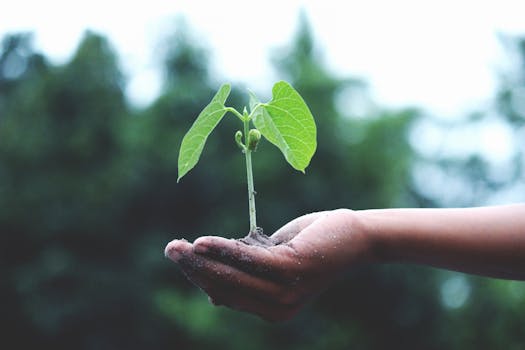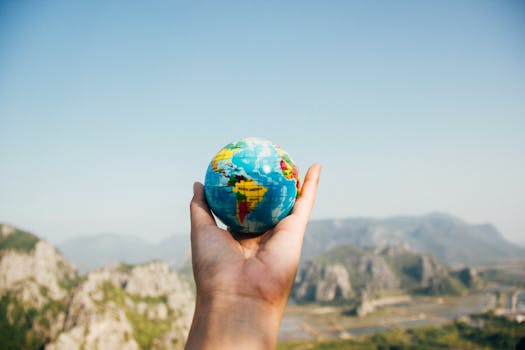
Every year on April 22, more than a billion people around the world come together to celebrate Earth Day—a global reminder of our shared responsibility to protect the environment and promote sustainability. What began as a small movement in 1970 has now become the largest secular civic event in the world, galvanizing people across nations to take meaningful climate action and push for a healthier planet.
Every year on April 22, more than a billion people around the world come together to celebrate Earth Day—a global reminder of our shared responsibility to protect the environment and promote sustainability. What began as a small movement in 1970 has now become the largest secular civic event in the world, galvanizing people across nations to take meaningful climate action and push for a healthier planet.

🌱 A Brief History of Earth Day
The roots of Earth Day trace back to a time of rising environmental consciousness in the United States. Following the 1969 Santa Barbara oil spill and growing concerns about air and water pollution, Senator Gaylord Nelson of Wisconsin proposed a national “teach-in” on the environment. This idea quickly gained traction.
On April 22, 1970, 20 million Americans took to the streets, parks, and auditoriums to protest environmental degradation. The event sparked the creation of the Environmental Protection Agency (EPA) and helped pave the way for foundational environmental laws such as the Clean Air Act, Clean Water Act, and Endangered Species Act.
🌎 Earth Day Today: A Global Movement
What started in the U.S. is now a global celebration, observed in over 190 countries. Earth Day is coordinated by EARTHDAY.ORG, which partners with thousands of organizations to promote environmental education and activism.
Each year, Earth Day carries a unique theme. For example:
- 2024 Theme: Planet vs. Plastics – highlighting the urgent need to reduce plastic pollution and promote circular economies.
- 2023 Theme: Invest in Our Planet – urging businesses and governments to act boldly and responsibly for a green economy.
These themes focus attention on urgent issues like climate change, deforestation, ocean pollution, and the loss of biodiversity.

🌤️ Why Earth Day Still Matters
Even today, Earth Day remains more than just symbolic. It’s a call to action. Here’s why it matters more than ever:
1. Climate Change Is Accelerating
Rising temperatures, stronger storms, wildfires, and melting glaciers are not distant threats—they’re happening now. Earth Day helps focus public attention and mobilize action around global warming and carbon emissions.
2. Plastic Pollution Is Out of Control
Humans produce over 400 million tons of plastic waste annually, much of which ends up in our oceans, harming wildlife and ecosystems.
3. Biodiversity Is Declining
Species extinction is occurring at a rate 1,000 times faster than the natural rate. Earth Day highlights the importance of protecting fragile ecosystems and endangered species.
🌿 How You Can Celebrate Earth Day
You don’t need to be an environmental scientist to make a difference. Here are practical ways to get involved:
🧹 Join a Cleanup
Participate in a local cleanup drive—be it a beach, park, neighborhood, or river.
🌳 Plant Trees
Trees absorb CO₂ and provide vital habitats for wildlife. Even one tree can make a difference.
♻️ Reduce, Reuse, Recycle
Cut back on single-use plastics, upcycle old items, and support products made from sustainable materials.
💡 Go Green at Home
Use energy-efficient appliances, switch to LED bulbs, and consider solar panels.
🚲 Choose Eco-Friendly Transport
Walk, bike, carpool, or use public transport to reduce your carbon footprint.
🗳️ Advocate for Policy Change
Support leaders and policies that prioritize environmental justice and climate action.
🌈 Earth Day Is Every Day
While April 22 is a powerful annual reminder, the spirit of Earth Day should guide our actions year-round. Every decision we make—from what we eat to how we commute—can either harm or heal the planet.
Let’s choose wisely.
As the saying goes:
“We do not inherit the Earth from our ancestors; we borrow it from our children.”
